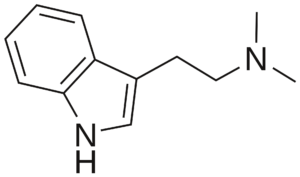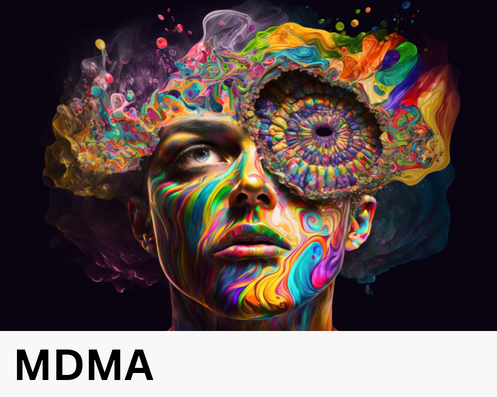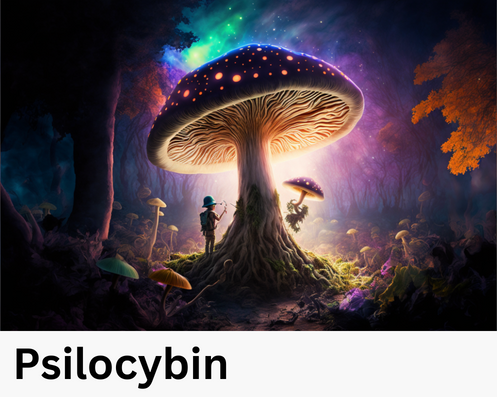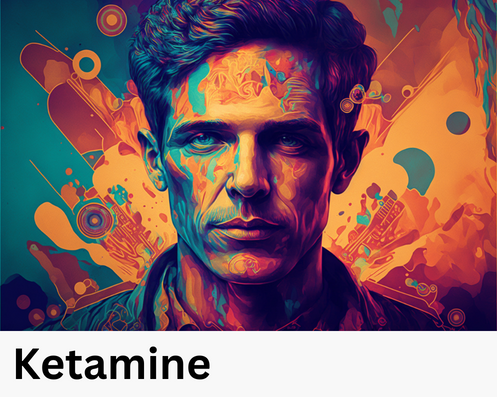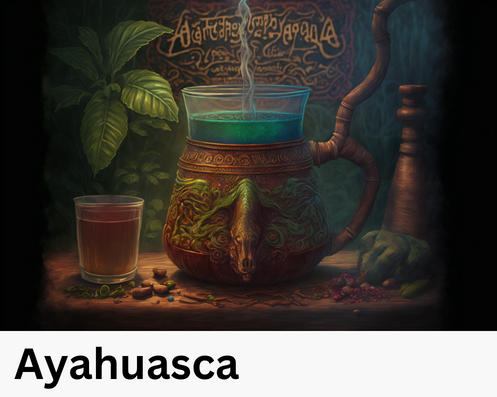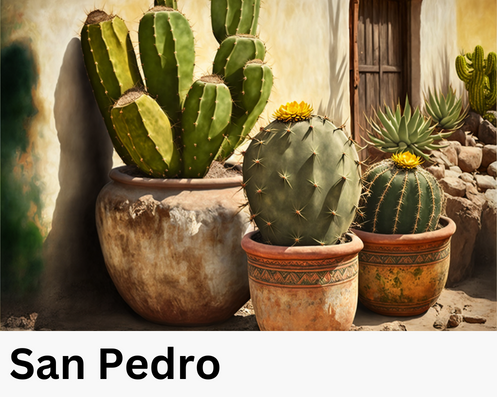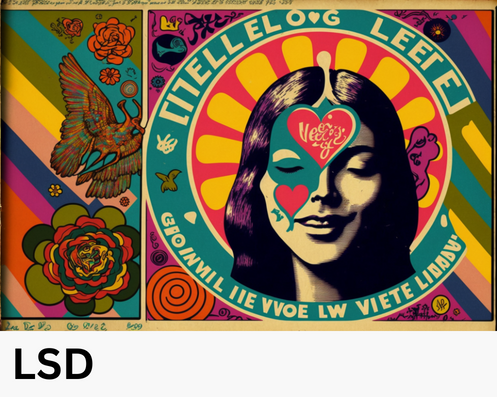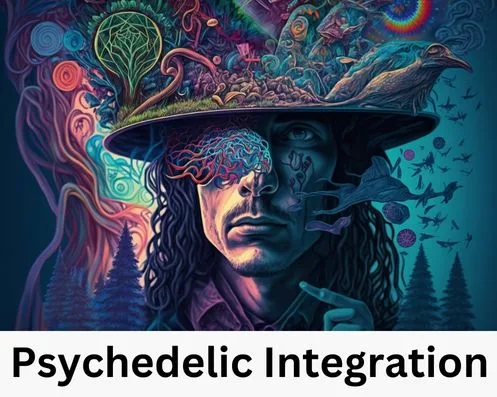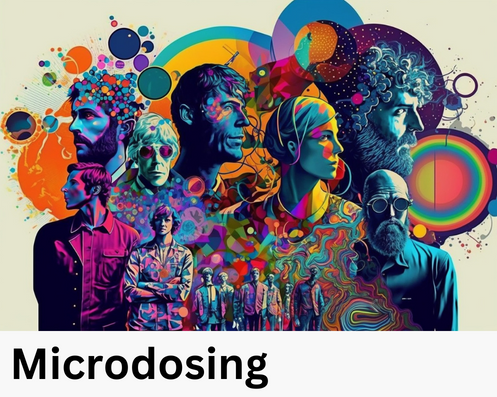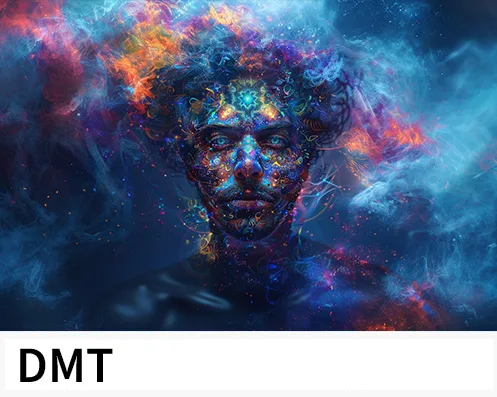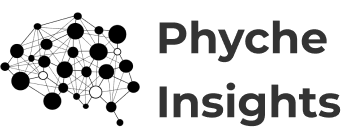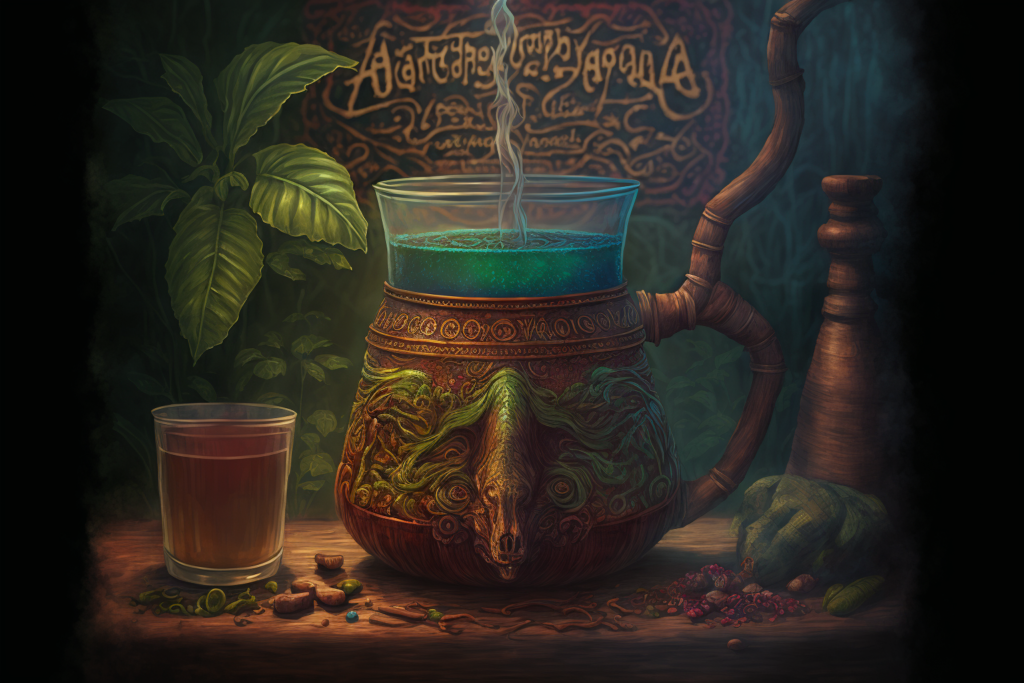
Overview
A curanderos, or shaman healer, pours a viscous brew into a ceremonial goblet on a table well-lit by candle light. Every implement used in this ceremony has been cleansed and blessed by mapacho tobacco and prayers. The bitter liquid passes the lips of the participants and with the lights extinguished, the journey begins. 1
The silent and humid rainforest air hangs heavily. Pierced with the rhythmic rattling of the chacapa leaf, this silence gives way to the Icaros songs. Curanderos select these traditional healing songs with the seekers’ intentions in mind, calling forth the energy of spirit healing guides. As the ceremony reaches its pinnacle, the shaman uses the Icaros to control the intensity of the episode.
Experiences during the ceremony are as varied as the people participating. Early in the ceremony, physical purging is common. Curanderos view this as an expulsion of bad energy from the body. They nullify the energy through blowing mapacho tobacco or scented liquid on the participants. According to the shamans, this tobacco assists in the communication with nature and plant spirits.1
Closing the ceremony is marked by the final Icaros. With this song, the curanderos provide protection from spirit vulnerability. Candle light illuminates the night sky and the participants discuss their experience before retiring to their quarters for sleep.
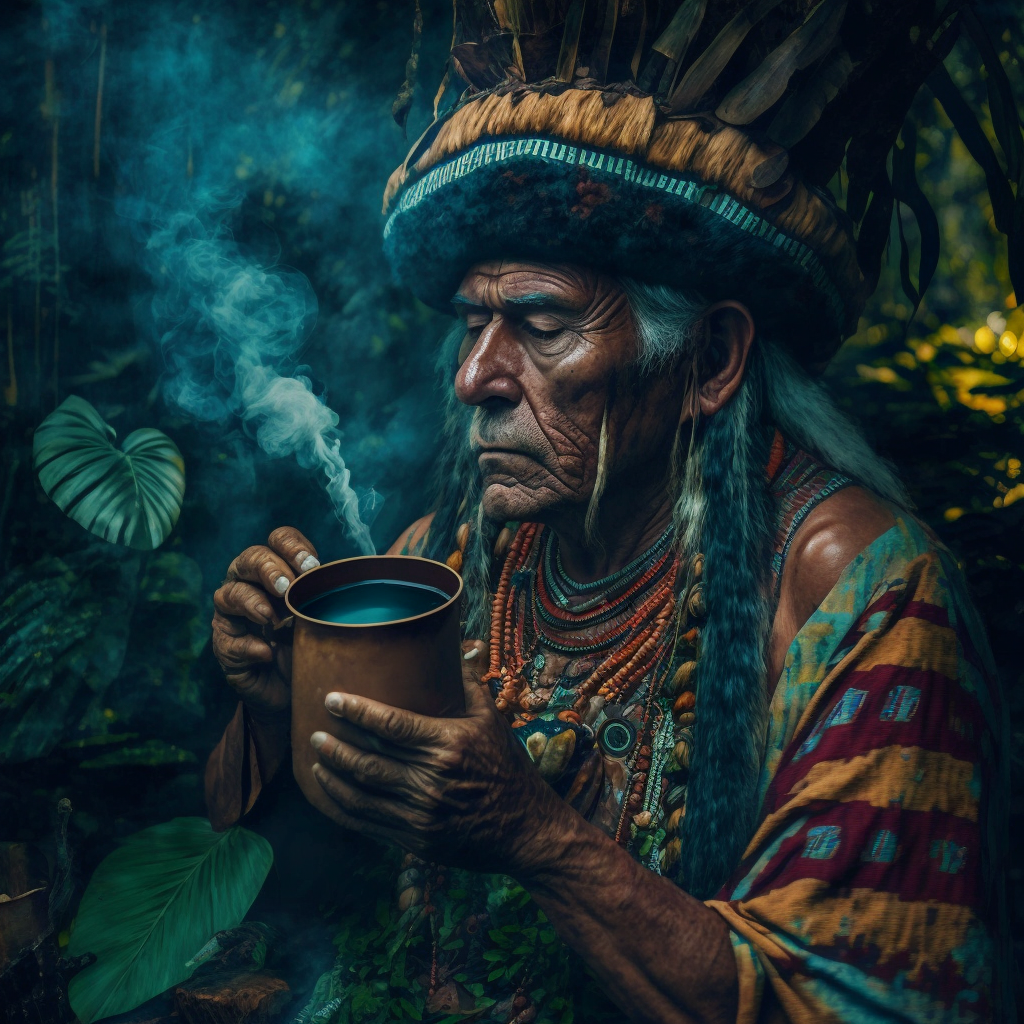
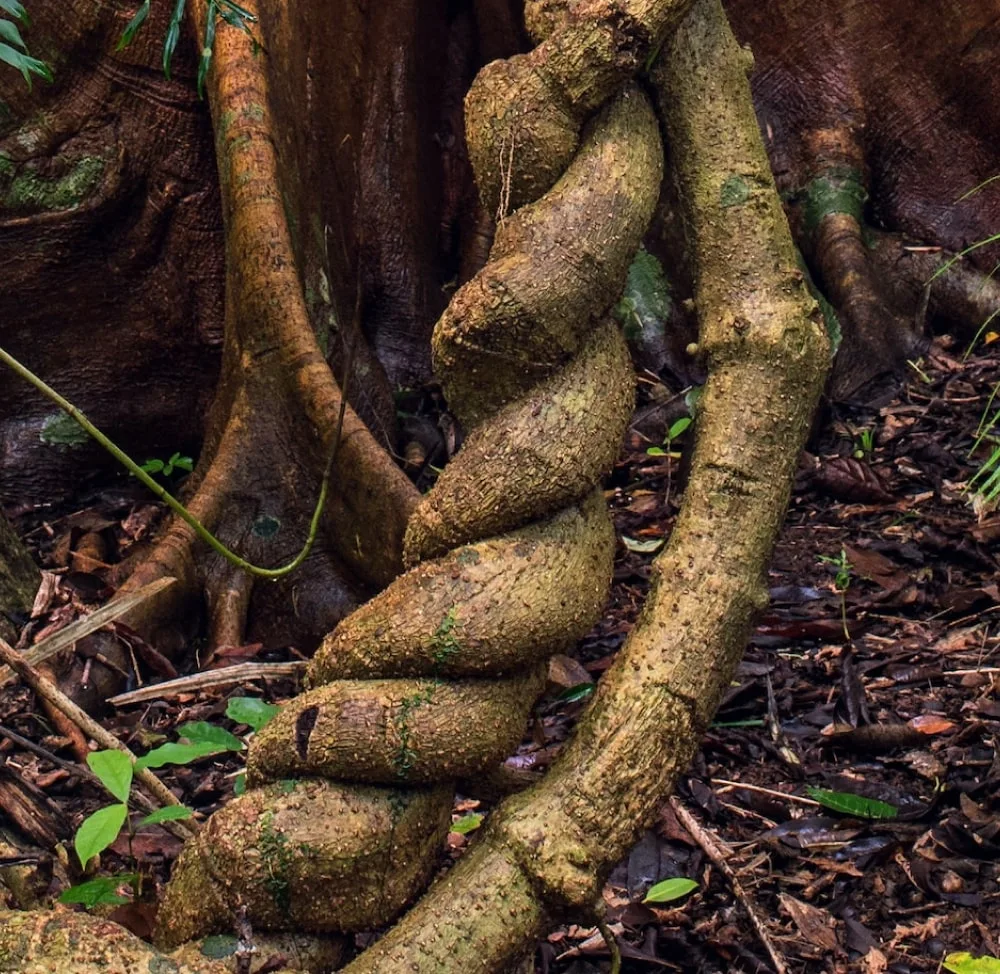
Ayahuasca, the Quechua word meaning “vine of the soul”, is the name of both the brewed liquid and the plant itself. For the shamans it is a tool of healing. Cessation of symptoms associated with depression, anxiety, phobias, PTSD, and various forms of substance dependence have all been claimed as effects.1
Within the last two decades, reports of the effects of ayahuasca have rapidly spread to the Western world. While this sounds too good to be true, an increasing number of scientific studies are being released that support some of these claims. This article will explore ayahuasca and its therapeutic potential.
History
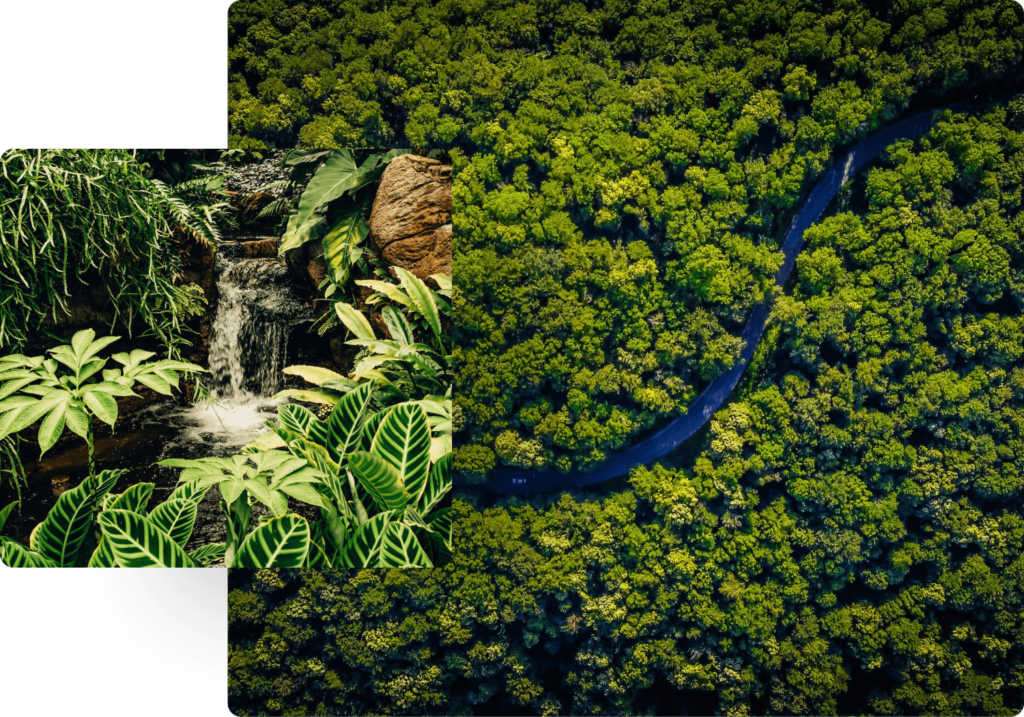
With an estimated 80,000 species, the Amazonian rainforest is one of the most biologically diverse areas on the planet.2 Exactly how and when this plant first saw its use is a bit hazy. Some believe its roots trace back 5,000 years, while others place it between 500 BC and 500 AD. 3
A recent discovery during an archaeological dig in 2010 gave anthropologists their earliest evidence for the consumption of ayahuasca. In a rock shelter, Cueva del Chileno, a pouch containing a myriad of psychoactive substances, including ayahuasca, was unearthed. Using radiocarbon dating, researchers traced the pouch’s origins to between 900-1170 A.D. 4
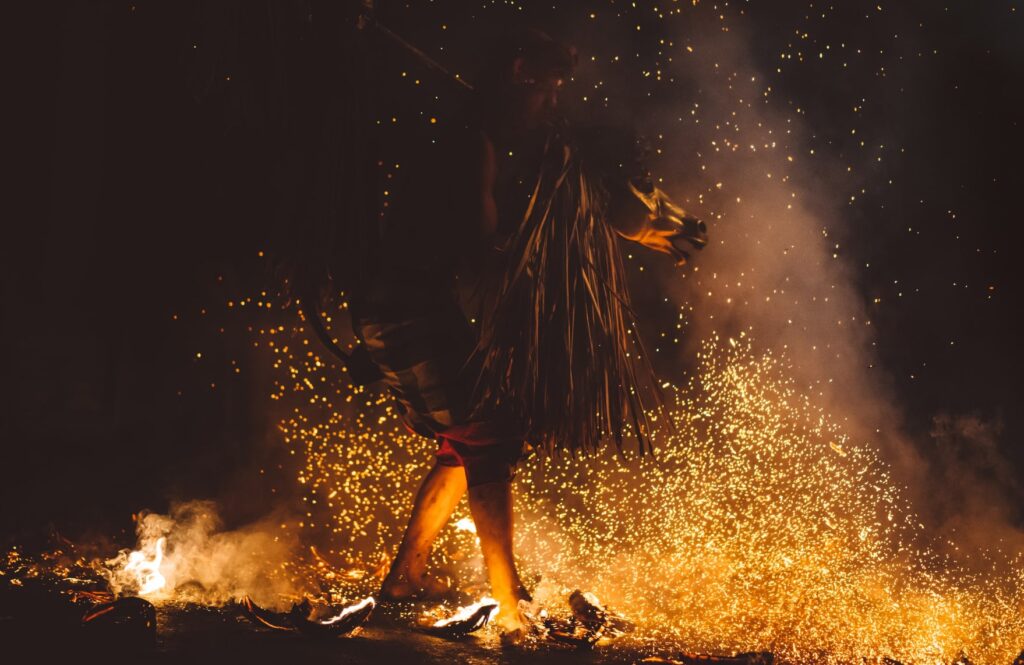
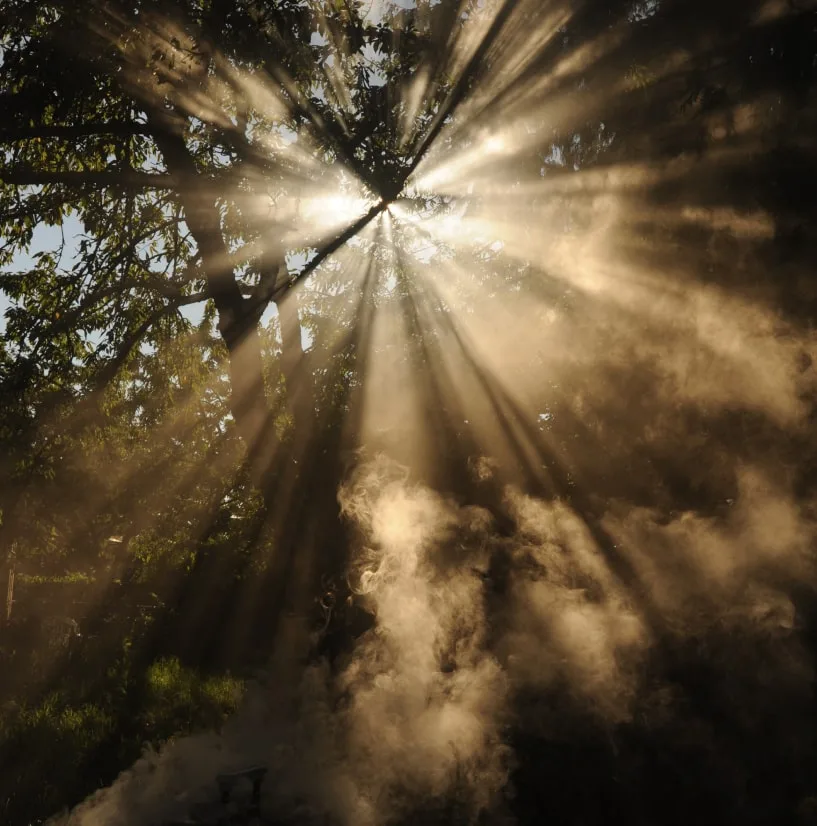
The first accounts using the term ‘ayahuasca’ appeared in the writings of Jesuit missionaries as they ventured through the Napo river basin in the mid 1700s. These interpretations rarely presented the brew in a positive light, often taking on a fearful connotation and referring to shaman as liars and sorcerers. 5
Western exposure is limited to a far more recent timeline. In 1851, British botanist, Richard Spruce, was the first to document the use of ayahuasca in Brazil under a scientific scope.3 He classified the plant Banisteria caapi, later reclassified to Banisteriopsis caapi (B. caapi). Spruce discussed preparation, sources, and effects upon himself in his 1873 release Notes of a Botanist on the Amazon and Andes.5
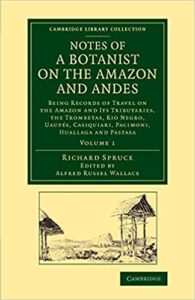
With the advent of Henry Ford’s motor car, the rubber boom began a few years later in 1879. Amazonian natives and plant life alike were displaced and decimated in search of the almighty dollar. As profiteering laid waste to the forest and its people, those in need turned to shamans for healing and, therefore, ayahuasca.
The dawning of the twentieth century saw the formation of the first syncretic religious group dedicated to ayahuasca ceremonies, the beginning of anthropological studies of the vine, and the roaring twenties were capped by the human and animal ayahuasca experiments conducted by a German pharmacologist, Louis Lewin.5
These experiments helped the scientific community discover the chemical similarity of the alkaloids present in ayahuasca to harmine in the 1950s. This culminated in the 1980s with the revelation of the vine’s role in N, N-dimethyltryptamine (DMT) absorption into the bloodstream. This idea was partially pioneered by Terrence McKenna, an ethnobotanist who helped spread global recognition of ayahuasca in the 1990s.
Chemistry

The ayahuasca brew is a decoction or the essence that remains from boiling or heating a substance. Although it can be consumed on its own, it is more often combined with a variety of admixtures, but the exact combination varies. Every shaman has his or her own brew recipe; in fact, over 100 botanical species have been combined with the ayahuasca plant and documented. 4
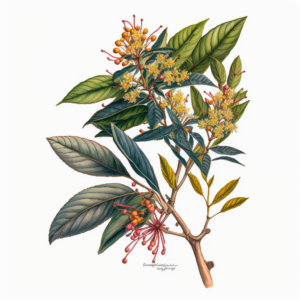
Most common of these combinations are the ayahuasca vine with the leaves of either the chacruna plant (Psychotria viridis) or the chaliponga climbing shrub (Diploptrerys cabrerana). Some shamans incorporate all three in varying amounts. These plants contain alkaloids responsible for their psychoactive effects, namely beta-carbolines and tryptamine derivatives. 3
The B. caapi vine contains harmine, harmaline, and tetrahydroharmine (THH), all of which are beta-carboline alkaloids. These alkaloids are part of a large group of natural and synthetic secondary metabolites that exhibit monoamine oxidase-inhibiting (MAOI) properties. 7
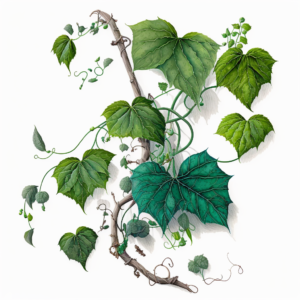
MAO is an enzyme involved in removing norepinephrine, serotonin, and dopamine from the brain. The inhibition of MAO increases availability of these chemical messengers which affects changes in both the cells and circuitry of the brain. This inhibitory action works in tandem with N, N-dimethyltryptamine (DMT) found in the chacruna plant.8
DMT is a 5-HT2A serotonergic receptor agonist and a potent hallucinogenic. When administered orally, DMT is typically inactive due to the presence of stomach and hepatic MAO. As the alkaloids inhibit MAO, they prevent the degradation of DMT allowing it to access the central nervous system. 9
Effects and
Dosage
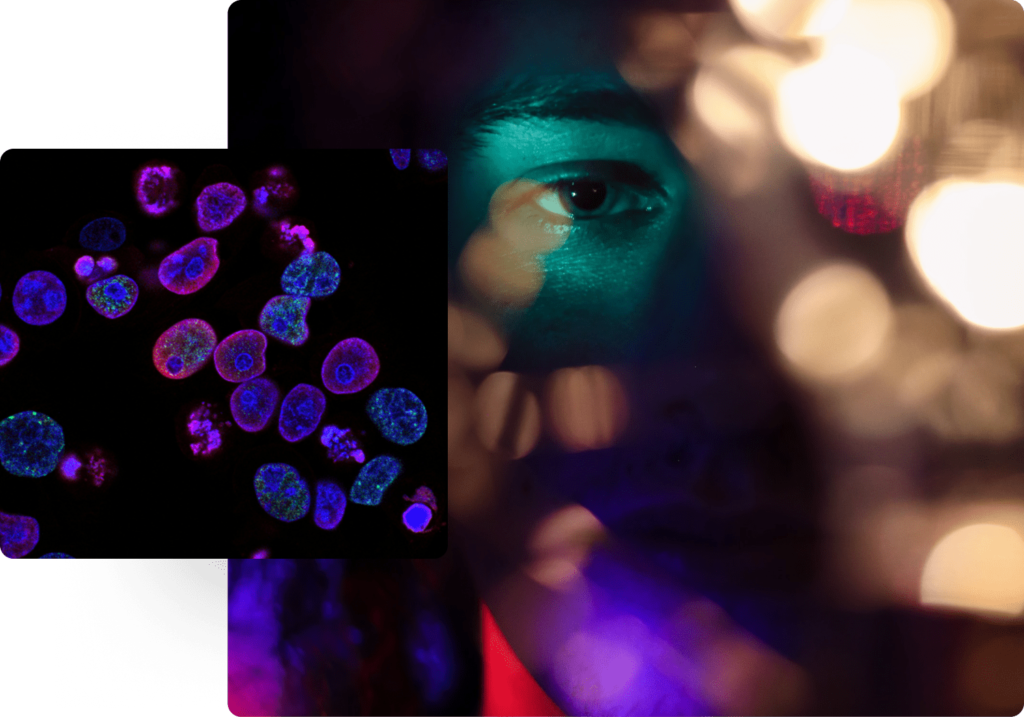
Concentration of ayahuasca, much like the ingredients, can vary greatly depending on the source of the brew. A study conducted on ayahuasca from churches and from some indigenous people found alkaloid ranges present as follows: 3
- DMT concentration: between 0.16 mg/mL and 14.15 mg/mL (although some samples did not contain any DMT)
- THH concentration: between 0.49 mg/mL and 23.80 mg/mL
- Harmaline concentration: between 0.01 mg/mL and 0.9 mg/mL
- Harmine concentration: between 0.45 mg/mL and 22.85 mg/mL
In the Santo Daime church in Brazil, doses of ayahuasca tend to be between 50 and 100 mL, in the União De Vegetal (UDV) church from 100 to 200 mL, and among the indigenous people from Ecuador and Peru from 20 to 30 mL. Most traditional ayahuasca ceremonies will administer two to three of these doses during a single ceremony over a multi-hour session.3
The effects produced by ayahuasca can include:
- Perceptual and cognitive changes
- Distortion of temporal perception
- Visual hallucinations
- Increase in dissociative thinking
- Introspection
- Mood elevation
- Profound and spiritual experiences
- Experiences of anxiety, fear, and even terror
- Experiences of contact with entities or spirits
The following physical effects may be experienced simultaneously:
- Dizziness
- Physical discomfort
- Nausea and Vomiting
- Diarrhea
- Seizures (rarely)
A study conducted on a small control of six male participants found that the onset of psychological effects begins around 30 mins to an hour after ingestion with peak effects between 60-120 mins. Most effects resolved around four hours after ingestion.10
Heath & Research
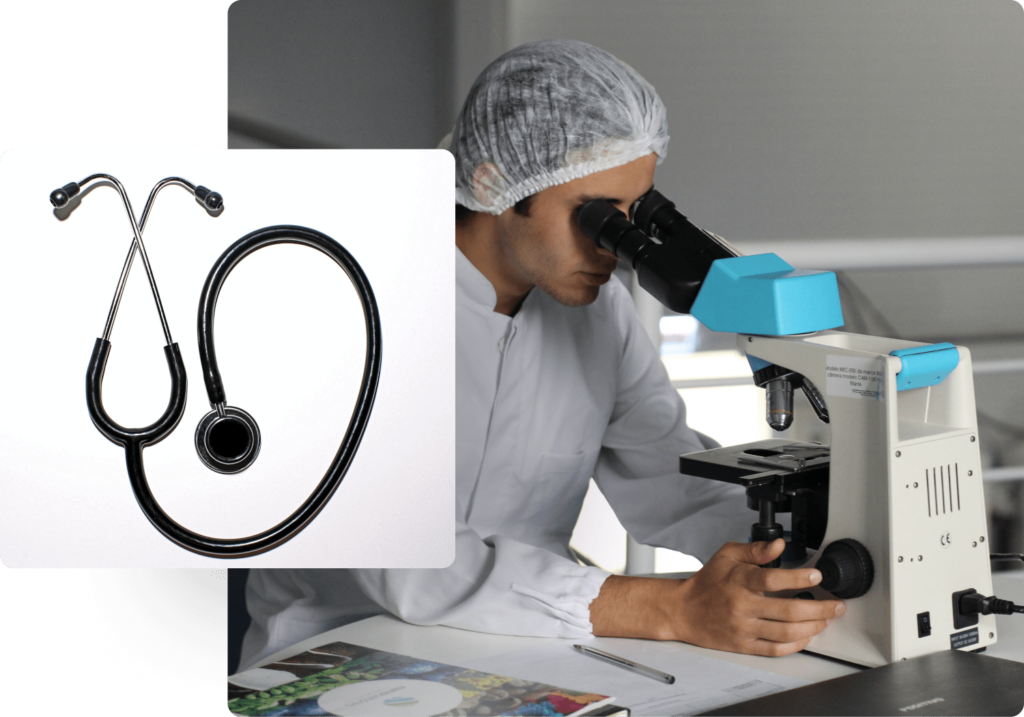
With the exception of intermittent releases of first hand experiences and the writings of William Burroughs and Allan Ginsberg, until the late 1990s, modern research of ayahuasca was largely lacking.11
As interest in ayahuasca gained momentum at the end of the 20th century, a research study was conducted at the Centro de Estudos Medicos. Non-profit sponsoring groups, Botanical Dimensions, the Heffter Research Institute, and the Multidisciplinary Association for Psychedelic Studies (MAPS), gathered an international consortium of scientists from Brazil, the United States, and Finland to conduct a biomedical research study of ayahuasca.
This pilot study consisted of fifteen male subjects who had at least ten years of experience imbibing ayahuasca and a control group of fifteen age-matched men who had never ingested ayahuasca. The study’s main focus was obtaining a basic body of objective data about ayahuasca with the following goals in mind: 11
- Assessment of acute psychological and physiological effects of ayahuasca in human subjects.
- Assessment of serotonergic functions in long-term use of ayahuasca.
- Quantitative determination of active constituents of ayahuasca.
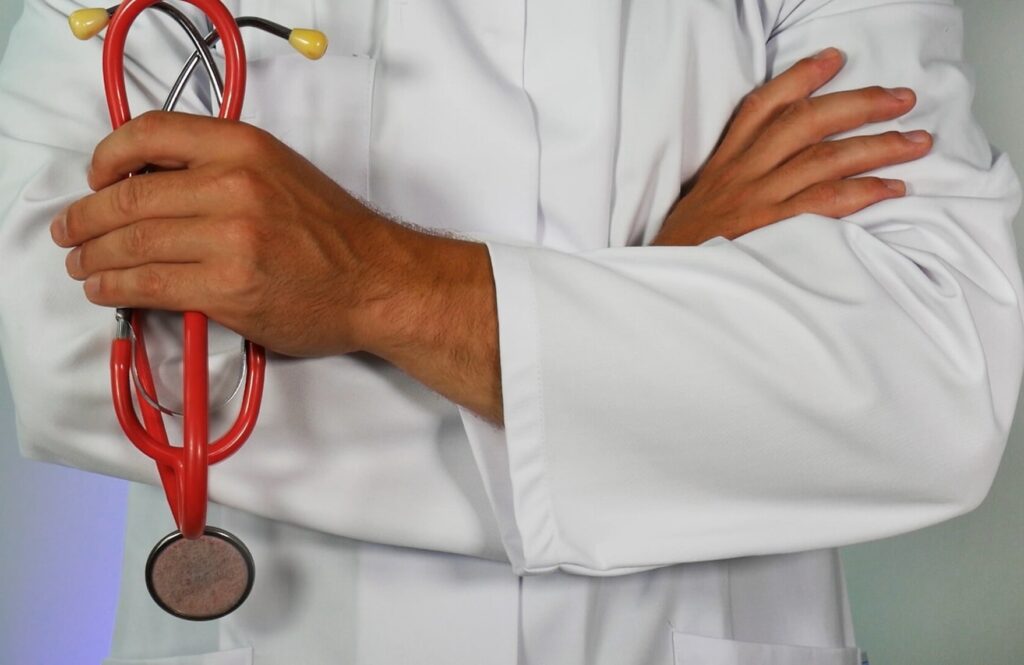
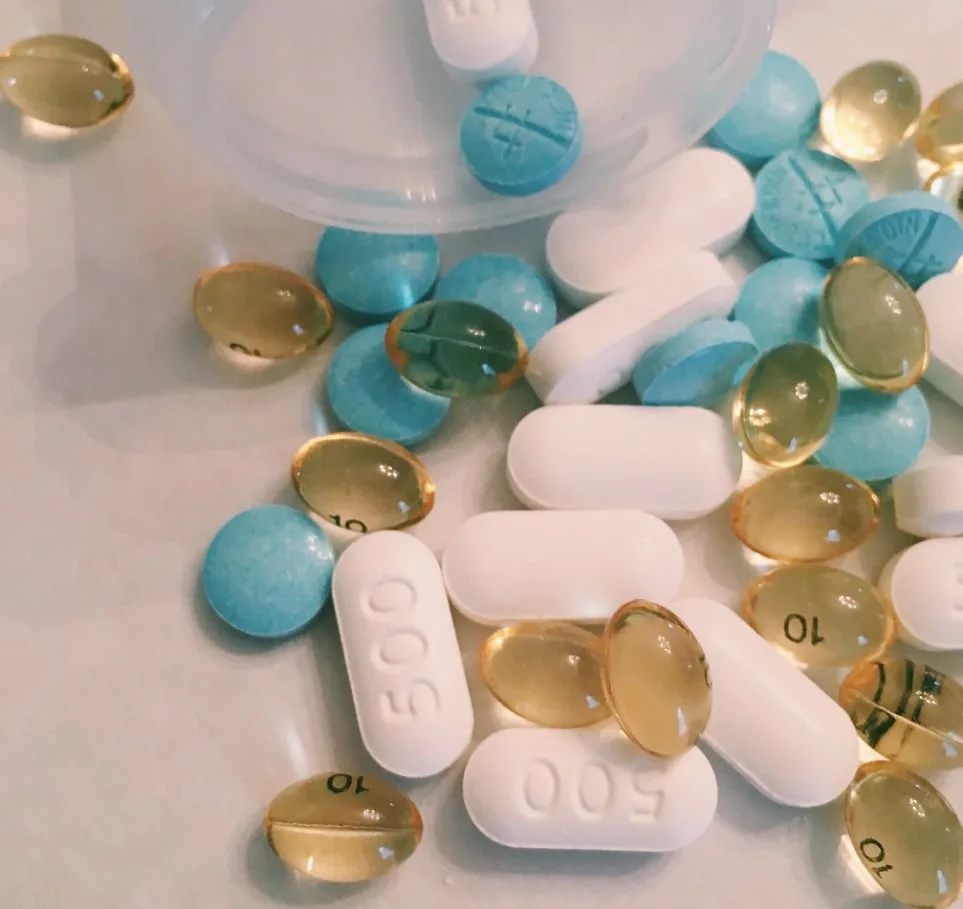
The psychological assessments consisted of personality testing, structured psychiatric diagnostic interviews, and neuropsychological re-evaluations. They tested general behavior areas, novelty-seeking, harm avoidance, and reward dependence.
Those who imbibed ayahuasca were found to have greater regimentation vs disorderliness, greater stoic rigidity vs exploratory excitability, and trended more toward extroversion vs introversion.
The study also conducted a Composite International Diagnostic Interview (CIDI). Of the fifteen who consumed ayahuasca, eleven had prior diagnoses of alcohol abuse disorder, four had past histories of drug abuse, three had phobic anxiety disorder, and eleven were addicted to tobacco. All participants reported improvements in mental and physical health, as well as pronounced improvements in work, interpersonal, and family interactions. 11
Much of the body’s serotonin is stored in the gut and inside blood cells. The serotonergic functions were studied in blood platelets using [3H]-citalopram to label receptors in binding assays. Researchers found an up-regulation in the density of the citalopram binding sites, but the significance of this upregulation eluded them at the time.11
In a self-administered study following these results, one of the researchers suspected this upregulation was caused by THH. Six weeks of daily dosing and scans from a Single Photon Emission Computerized Tomography (SPECT) device showed an increase in the density of 5-HT(serotonin) receptors in the prefrontal cortex.
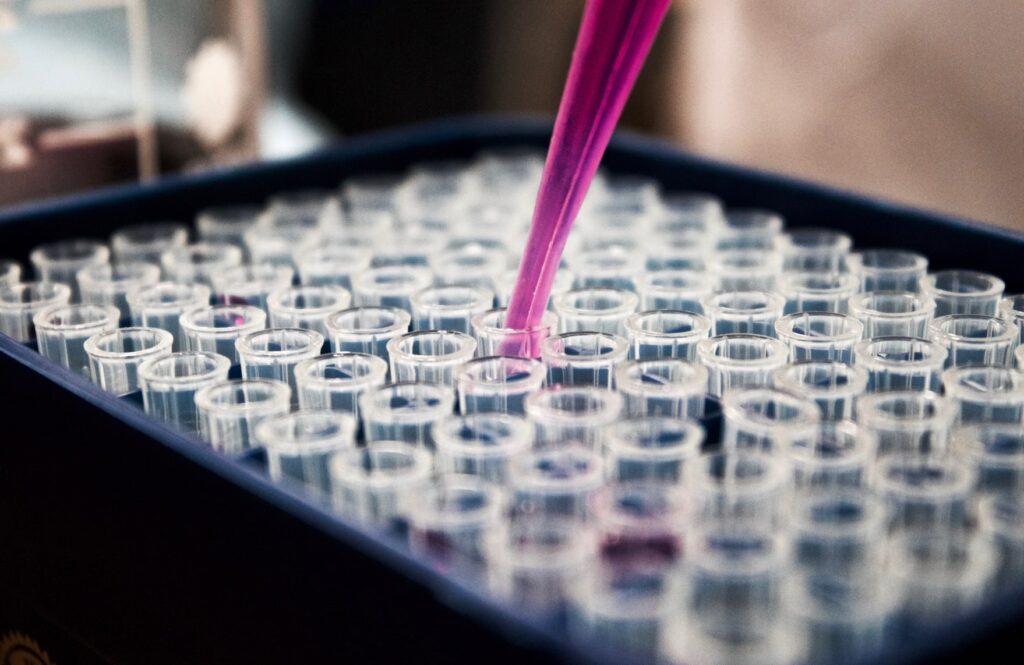
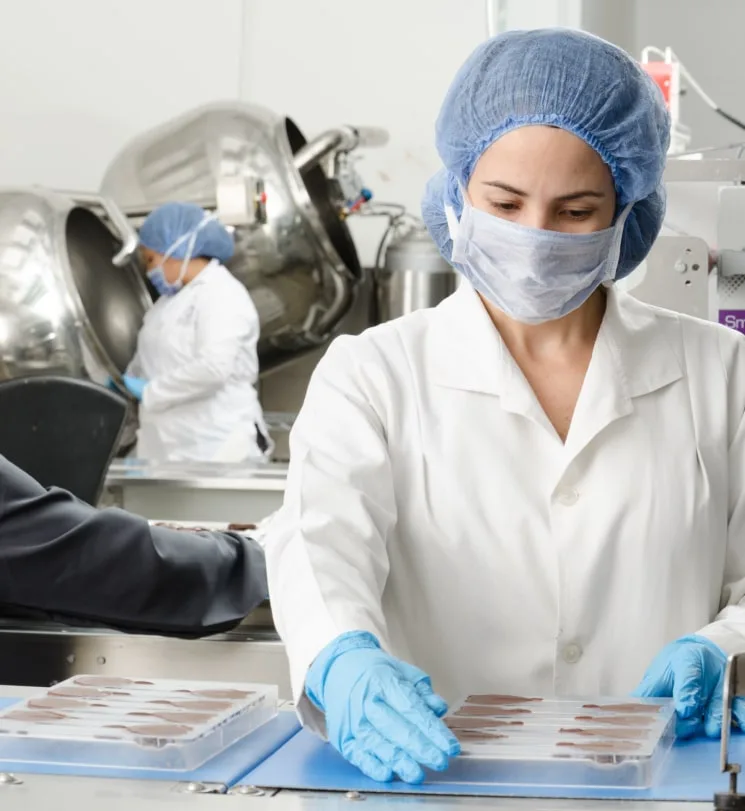
With these findings, the researcher suggested ayahuasca might be a viable treatment for aggressive disorders in violent alcoholics. There is potential to reverse a severe deficit in 5-HT uptake sites which has been correlated with these disorders. 11
Recently, 63 self-selected participants engaged in a naturalistic study of ayahuasca over a 6-month period. This 2019 study observed effects of ayahuasca ceremonies of the Peruvian Amazon through the lenses of the Beck Depression Inventory (BDI), State-Trait Anxiety Inventory (STAI), Self-compassion Scale (SCS), and Clinical Outcomes in Routine Evaluation-Outcome Measure (CORE-OM).12
They noted a significant decrease in BDI, STAI, and CORE-OM scores and an increase in SCS scores. These improvements were sustained and even some measures continued to decrease at the end of the six months.12
While more research is still necessary to obtain a complete picture of the effects of ayahuasca, current information points to both physical and psychological benefits; however, there are some risks that are still worthy of note.
Benefits & Risks
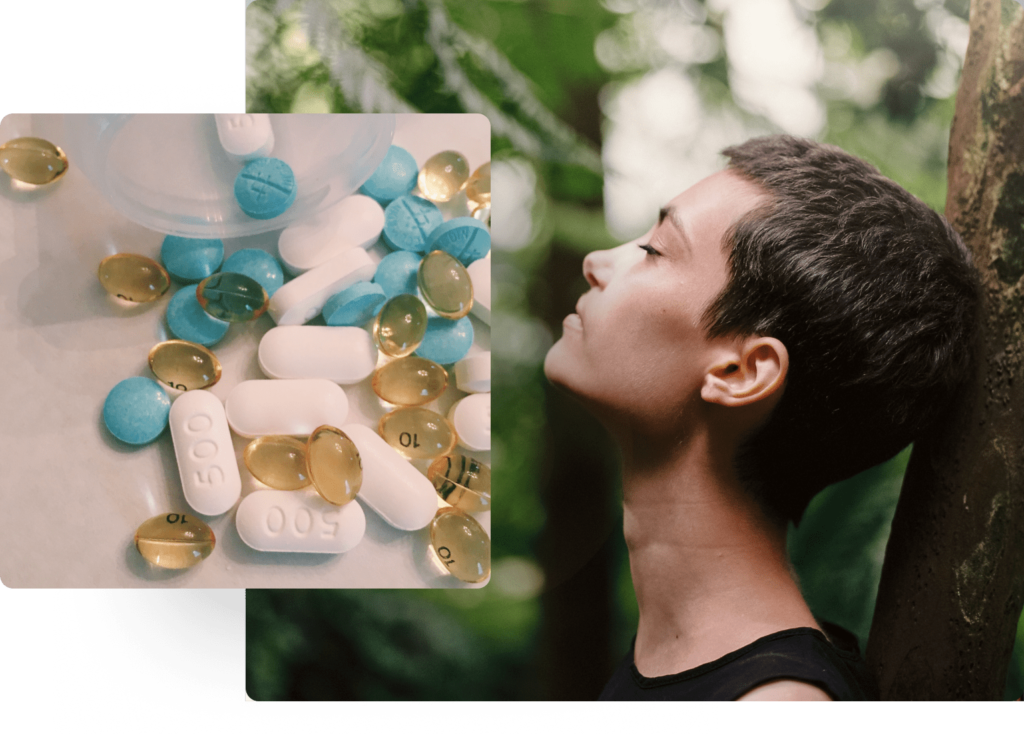
According to a recent study, the DMT that B. caapi assists plays a neuroprotective role in the brain. Through activation of the sigma-1 receptor, it ensures the proper transmission of endoplasmic reticulum stress into the nucleus of cells. This results in enhanced production of antioxidant and anti-stress proteins.13
Additionally, a 2017 study found that the primary beta-carboline in ayahuasca enhanced cognition and neuroprotection in animal models. Researchers attributed this to a reduction of inflammation and oxidative stress.13
Ayahuasca has also been linked with an increase in mindfulness and as a potential treatment for depression, PTSD, addiction, and suicidal ideation which will be discussed further below in the therapeutic uses section.14
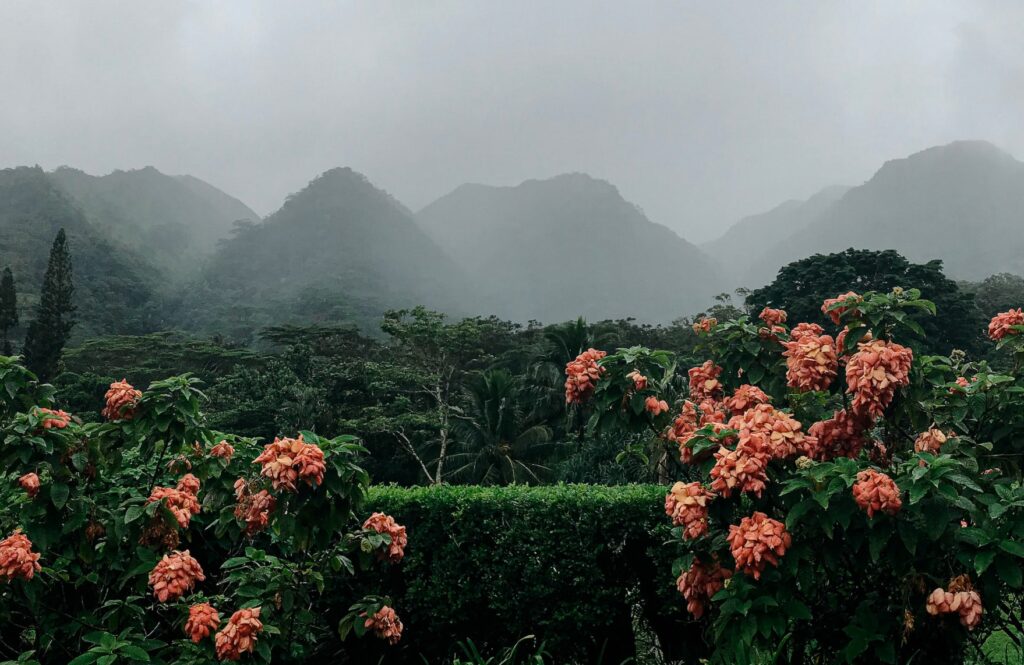

Appealing as the benefits of this seemingly infallible elixir are, they are not fully representative of the brew’s potential. There are a number of risks associated with ayahuasca consumption; some from ingestion alone, but others from interactions with various foods and medications.14
Ayahuasca found outside of a controlled laboratory setting can contain unknown concentrations and should be consumed only after consultation with a medical professional. Including rare instances of death, there have also been reports of all of the following side effects in varying intensity:14
- Anxiety
- Paranoia
- Vomiting
- Panic
- Diarrhea
- Raised Blood Pressure
As with any drug consumption, it is important to be aware of adverse interactions with any medication or herbs one might already be consuming. There are potential interactions for people who are currently taking any of the following:14
- Cough medications
- Antidepressants
- Parkinson’s disease medication
- Lithium
- Methadone
- John’s wort
- Weight loss pills
There is a diet associated with ayahuasca consumption that experts suggest starting at least three days up to two weeks before the ceremony. Avoid consuming all of the following if possible before imbibing the brew:
- Red meat
- Pork
- Spicy foods
- Caffeine
- Alcohol
- Dairy
- Excess sugar and salt
Therapeutic Uses
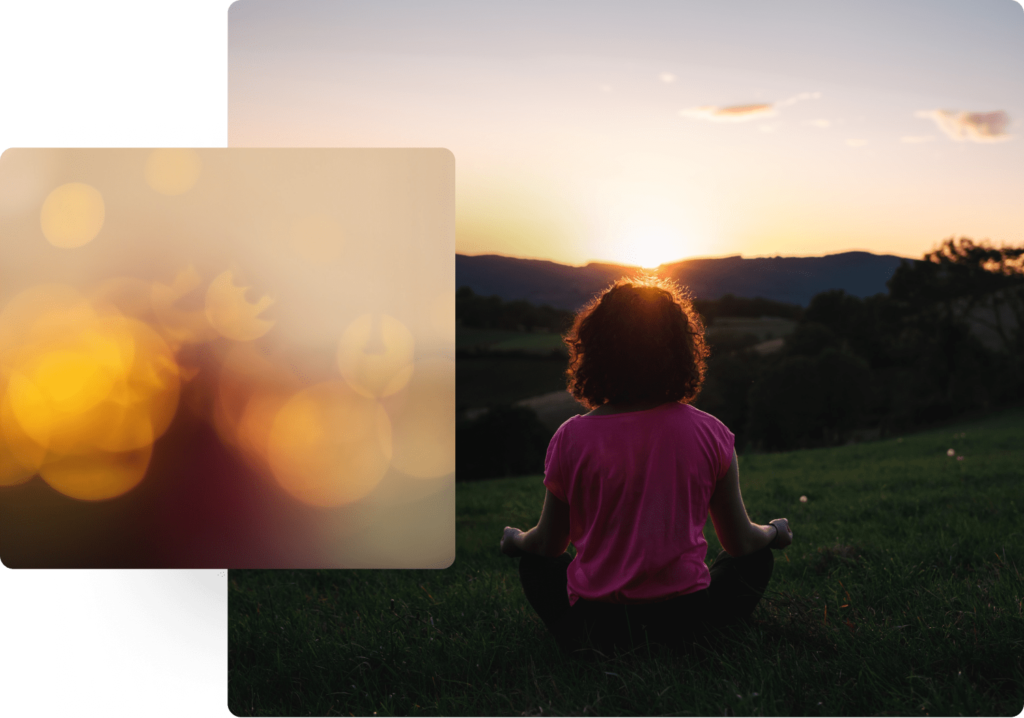
While many are quick to place Ayahuasca in a recreational substance category, under the care of a qualified medical professional, it can be used as a healing tool. The potential ayahuasca holds in the treatment of addiction, PTSD, and depression is hard to ignore.
In 2013, a small study conducted in Canada combined group counseling with two expert-led ayahuasca ceremonies over a four day retreat called “Working with Addiction and Stress.”
Researchers collected pre-treatment and six-month follow-up data from twelve participants that focused on several psychological and behavioral factors attributed to substance abuse.
The results displayed significant improvements in scales measuring hopefulness, mindfulness, empowerment, and quality of life meaning and outlook.15
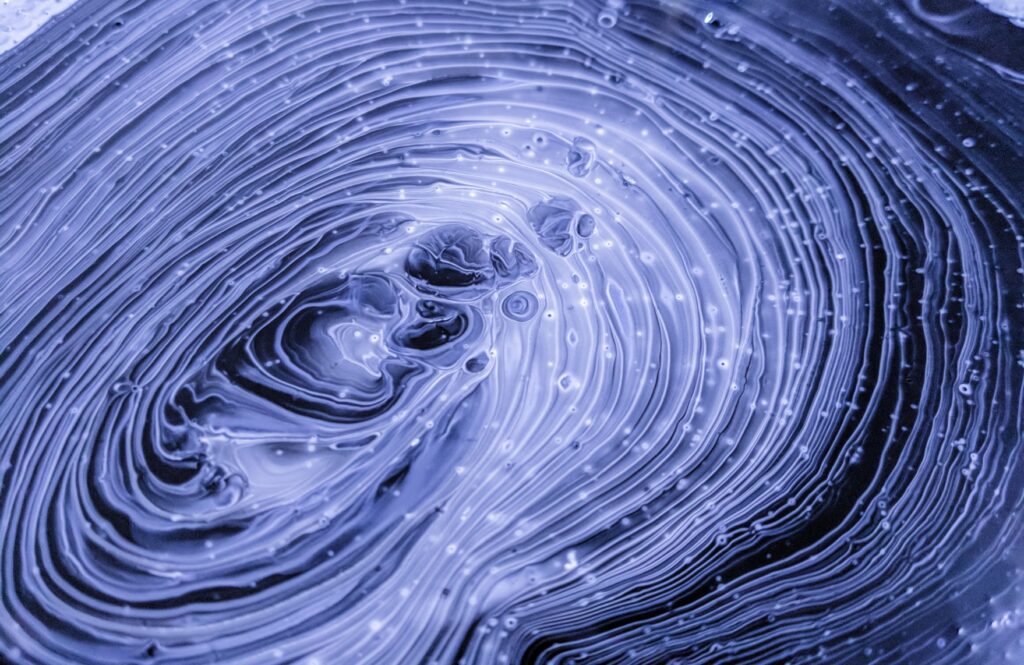
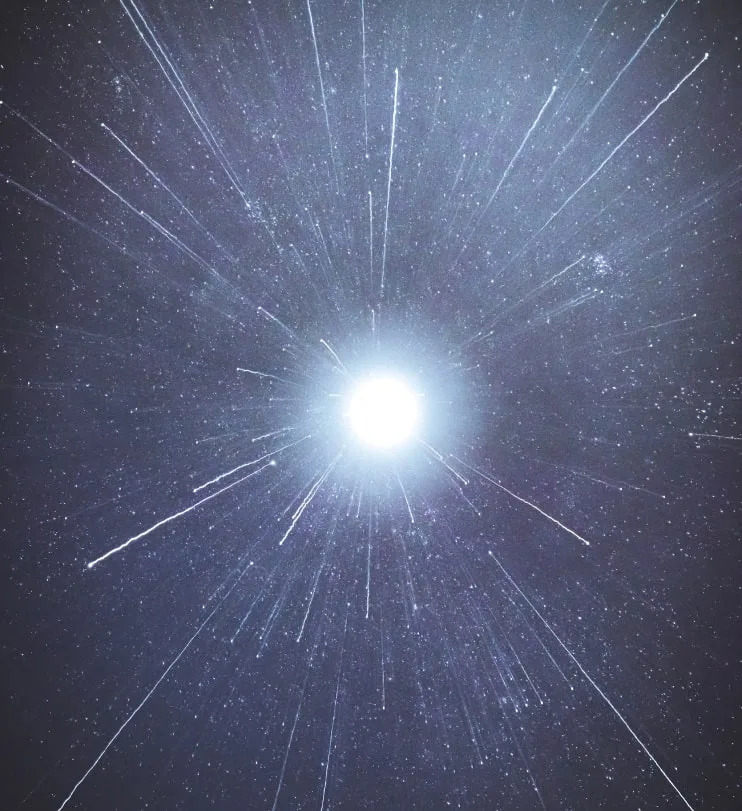
Ayahuasca’s interaction with sigma-1 receptors and MAOI activity led researchers to hypothesize in 2018 that the brew can heal traumatic memories as well. According to their release, ayahuasca aids in the retrieval of repressed traumatic memories making them destabilized and open to modification.16
They claim the enhanced synaptic plasticity, increased neurogenesis, and boosted dopaminergic neurotransmission provided by the alkaloids present in the brew assist in memory reconsolidation and fear extinction. This allows people to process memories in a more positive, accepting way, by letting go of the traumatic suffering that negatively charges memories. 16
In 2015 researchers noted significant results from a single dose of ayahuasca in the treatment of six participants experiencing a depressive episode. Using SPECT scans, the Hamilton Rating Scale for Depression, the Montgomery-Åsberg Depression Rating Scale, and the Anxious-Depression subscale, all found a reduction of up to 82% in depressive scores after the administration of ayahuasca. 17
Media & Books

- Sacred Vine of Spirits: Ayahuasca by Ralph Metzner PhD
- Visionary Vine by Marlene Dobkin de Rios
- The Fellowship of the River by Joseph Tafur
- The Yage Letters by Allen Ginsburg and William Burroughs
- Listening to Ayahuasca by Rachel Harris PhD
Legal Status
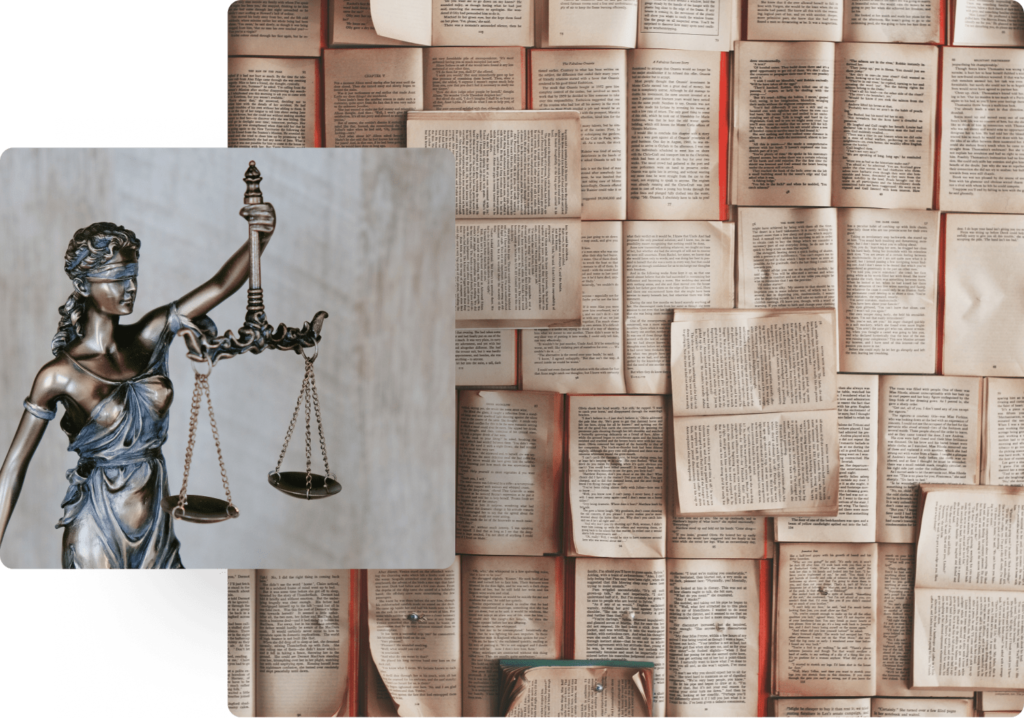
While only a handful of countries around the world have legalized ayahuasca, many have decriminilized it and some have done so only under the purview of religious considerations.18
Legal status countries:
- Peru
- Bolivia
- Colombia
- Ecuador
- Brazil
Decriminalized status countries:
- Argentina
- Armenia
- Chile
- Colombia
- Costa Rica
- Croatia
- Czech Republic
- Estonia
- Germany
- Italy
- Mexico
- Netherlands
- Norway
- Paraguay
- Peru
- Poland
- Portugal
- Russian Federation
- Spain
- Switzerland
- Uruguay
- United States: Oakland, CA; Santa Cruz, CA
Illegal status countries (with some circumstantial exceptions):
- France
- United Kindom
- United States
References
- Ayahuascafoundation.org. 2022. Ayahuasca Ceremony for Healing, Peru | Ayahuasca Foundation. [online] Available at: <https://www.ayahuascafoundation.org/ayahuasca-ceremony> [Accessed 10 May 2022].
- Smithsonian Institution. (2002, January 25). Where Is The World’s Greatest Biodiversity? Smithsonian Scientists Find The Answer Is A Question Of Scale. ScienceDaily. Retrieved May 13, 2022 from www.sciencedaily.com/releases/2002/01/020124173859.htm
- I. (2020, June 12). Ayahuasca: Basic Info. ICEERS. https://www.iceers.org/ayahuasca-basic-info/
- Blakemore, E. (2022, January 25). Ancient hallucinogens found in 1,000-year-old shamanic pouch. Culture. https://www.nationalgeographic.com/culture/article/ancient-hallucinogens-oldest-ayahuasca-found-shaman-pouch
- A. (2020a, June 3). Richard Spruce’s Colorful Encounter with Ayahuasca in 1851. Ayahuasca Timeline – From Mythic Origins to Global Popularity. https://ayahuasca-timeline.kahpi.net/richard-spruce-ayahuasca-amazon/
- Beyer, S. (2013, December 28). On the Origins of Ayahuasca | Singing to the Plants. Singing to the Plants | A Guide to Mestizo Shamanism in the Upper Amazon. Retrieved May 16, 2022, from https://singingtotheplants.com/2012/04/on-origins-of-ayahuasca/
- Yritia, M., Riba, J., Ortuño, J., Ramirez, A., Castillo, A., Alfaro, Y., de la Torre, R., & Barbanoj, M. J. (2002). Determination of N,N-dimethyltryptamine and beta-carboline alkaloids in human plasma following oral administration of Ayahuasca. Journal of chromatography. B, Analytical technologies in the biomedical and life sciences, 779(2), 271–281. https://doi.org/10.1016/s1570-0232(02)00397-5
- Mayo Clinic. (2019, September 12). Monoamine oxidase inhibitors (MAOIs). Mayo Clinic. Retrieved May 17, 2022, from https://www.mayoclinic.org/diseases-conditions/depression/in-depth/maois/art-20043992
- Zahr, N., & Peterson, E. (2016). Imaging the Addicted Brain (Volume 129) (International Review of Neurobiology, Volume 129) (1st ed.). Academic Press.
- Riba, J., Rodríguez-Fornells, A., Urbano, G. et al. Subjective effects and tolerability of the South American psychoactive beverage Ayahuasca in healthy volunteers. Psychopharmacology 154, 85–95 (2001). https://doi.org/10.1007/s002130000606
- McKenna, D. J., Callaway, J. C., & Grob, C. S. (1998). Erowid Ayahuasca Vault : Scientific Investigation of Ayahuasca, McKenna, Callaway, Grob 1998. Https://Www.Erowid.Org/Chemicals/Ayahuasca/Ayahuasca_journal3.Shtml. Retrieved May 17, 2022, from https://www.erowid.org/chemicals/ayahuasca/ayahuasca_journal3.shtml
- Ruffell, S. G. D., Netzband, N., Tsang, W., Davies, M., Butler, M., Rucker, J. J. H., Tófoli, L. F., Dempster, E. L., Young, A. H., & Morgan, C. J. A. (2021, June 9). Ceremonial Ayahuasca in Amazonian Retreats—Mental Health and Epigenetic Outcomes From a Six-Month Naturalistic Study. Frontiersin.Org. Retrieved May 26, 2022, from https://www.frontiersin.org/articles/10.3389/fpsyt.2021.687615/full
- Szabo, A., Kovacs, A., Riba, J., Djurovic, S., Rajnavolgyi, E., & Frecska, E. (2016). The Endogenous Hallucinogen and Trace Amine N,N-Dimethyltryptamine (DMT) Displays Potent Protective Effects against Hypoxia via Sigma-1 Receptor Activation in Human Primary iPSC-Derived Cortical Neurons and Microglia-Like Immune Cells. Frontiers in neuroscience, 10, 423. https://doi.org/10.3389/fnins.2016.00423
- Leonard, J. (2020, January 31). What to know about ayahuasca. Medicalnewstoday. Retrieved May 26, 2022, from https://www.medicalnewstoday.com/articles/ayahuasca
- Thomas, G., Lucas, P., Capler, N. R., Tupper, K. W., & Martin, G. (2013). Ayahuasca-assisted therapy for addiction: results from a preliminary observational study in Canada. Current drug abuse reviews, 6(1), 30–42. https://doi.org/10.2174/15733998113099990003
- Inserra A. (2018). Hypothesis: The Psychedelic Ayahuasca Heals Traumatic Memories via a Sigma 1 Receptor-Mediated Epigenetic-Mnemonic Process. Frontiers in pharmacology, 9, 330. https://doi.org/10.3389/fphar.2018.00330
- Osório, F., Sanches, R. F., Macedo, L. R., Santos, R. G., Maia-de-Oliveira, J. P., Wichert-Ana, L., Araujo, D. B., Riba, J., Crippa, J. A., & Hallak, J. E. (2015). Antidepressant effects of a single dose of ayahuasca in patients with recurrent depression: a preliminary report. Revista brasileira de psiquiatria (São Paulo, Brazil : 1999), 37(1), 13–20. https://doi.org/10.1590/1516-4446-2014-1496
- Third Wave. (2022, April 18). Guide to Ayahuasca – Experience, Benefits, & Side Effects. Retrieved June 5, 2022, from https://thethirdwave.co/psychedelics/ayahuasca/#_ftn13
